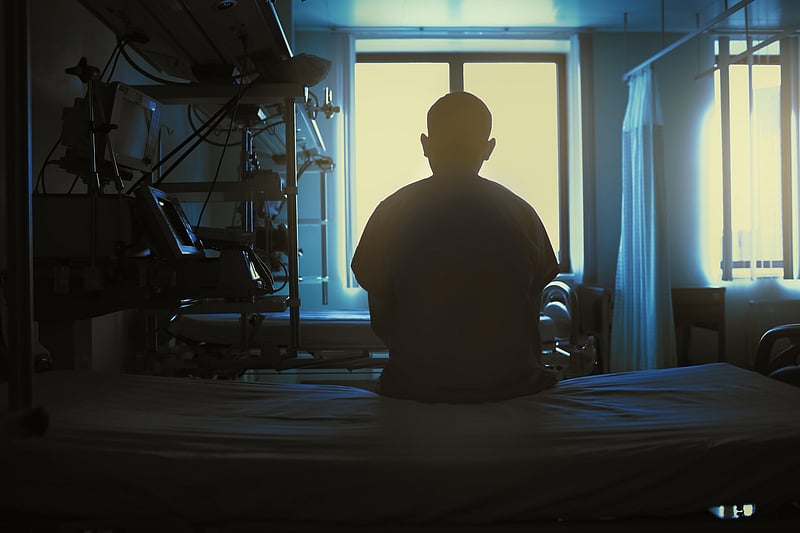Get Healthy!

- Robert Preidt
- Posted May 2, 2022
Black Patients Less Likely to Get High-Tech Prostate Cancer Therapy
Use of a high-tech radiation cancer treatment called proton beam therapy (PBT) has increased overall in the United States, but Black patients are getting it less often than white patients, two new studies show.
Traditional radiation treatment is photon-based, but PBT uses protons to deliver high-energy beams more precisely to tumors and reduce damage to surrounding healthy tissue.
PBT can be better than traditional radiation therapy for tumors with complex anatomy, tumors surrounded by sensitive tissues and childhood cancers, but PBT can be twice as expensive, according to the American Cancer Society.
To assess the use of PBT in the United States, researchers analyzed data on nearly 6 million patients in the National Cancer Database. They found that overall use of PBT for newly diagnosed cancers rose from 0.4% in 2004 to 1.2% in 2018.
Private coverage was the most common type of insurance among patients treated with PBT for recommended cancers, while Medicare was the most common insurance among patients treated with PBT for cancers for which the treatment's efficacy is still under investigation.
The study also found that Black patients were less likely to be treated with PBT than white patients (0.3% vs. 0.5%), especially for cancers for which PBT is recommended over traditional radiation therapy.
In fact, this racial disparity widened as the number of facilities offering PBT increased, and the disparity did not disappear after the researchers accounted for socioeconomic status or type of health insurance.
The studies were published in the journal JAMA Network Open.
"We found that PBT use increased nationally between 2004 and 2018 for all eligible cancers, especially for cancers for which PBT is the recommended radiation treatment," said Leticia Nogueira, lead author of both studies. She is a senior principal scientist, health services research, at the American Cancer Society.
"Especially concerning, however, was our findings also showed racial disparities increased as availability of PBT increased in the U.S.," Nogueira said in a society news release.
"Our findings, unfortunately, highlight the fact that Black patients continue to benefit less from advances in medicine like PBT, even with increased availability of recommended treatment modalities," Nogueira said. "Efforts other than increasing the number of facilities that provide PBT will be needed to eliminate these disparities."
More information
There's more on proton beam therapy at Johns Hopkins Medicine.
SOURCE: American Cancer Society, April 27, 2022

